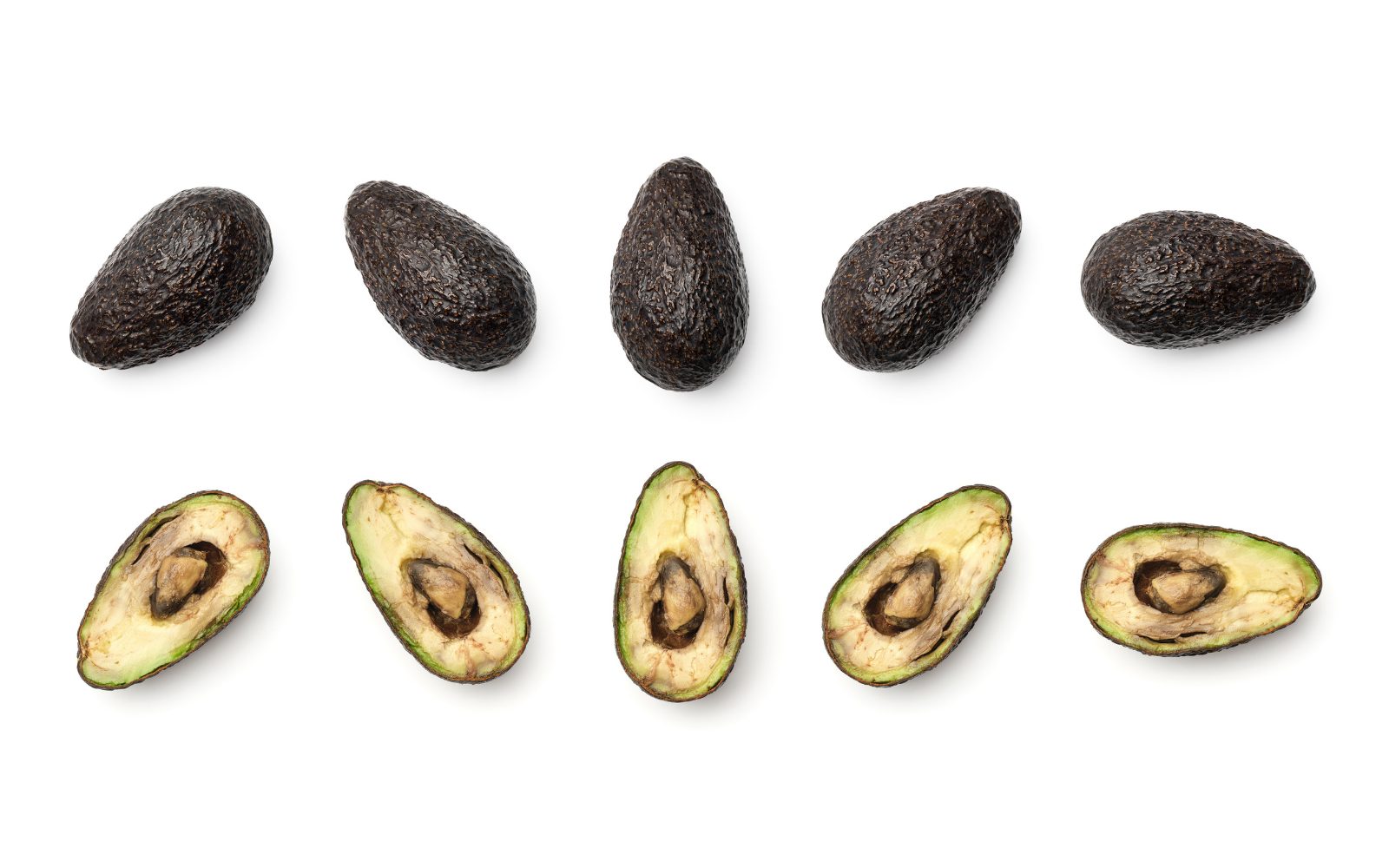Dry matter is measured on farms to monitor maturity and determine the optimal harvest time for climacteric fruits and vegetables. In the postharvest stage, dry matter is used for quality control for sorting and grading fresh produce. Dry matter determines the storage, transport, and ripening conditions to achieve optimum quality and extended shelf life. Wholesalers,… Continue reading…
Five Significant Research Findings on Fruit Quality Management in 2024
Fruit quality studies in 2024 aim to future-proof food production against the vagaries of climate change and to meet increasing demand. As in previous years, the focus remains on eradicating chemicals to improve food and environment safety. Research on AI-based models and tools is a standard theme, but it is diversifying to produce cost-effective versions… Continue reading…











